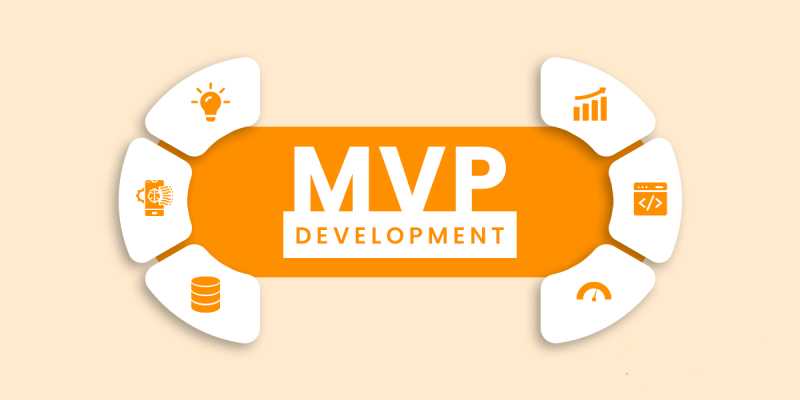Why is MVP Development Important for Startups?

MVP Development – The days when the word “startup” meant something small and free are long gone. Many highly profitable and world-renowned companies started as startups. Popular names include Facebook, PayPal and others. There is even a special term for startups valued at over $1 billion: “unicorn companies.”
Do you know what Twitter, Spotify and Airbnb have in common? What has helped these and other companies achieve their goals and grow? Except the financing, of course. They decided to create MVP first! Facebook, Twitter and Dropbox have all used it to test their startups with consumers. The main idea of Stories is that MVP development is a great tool to turn your startup into a successful business.
Table of Contents
Creating a trial version
MVP is a relatively new term, coined by Frank Robinson in the early 21st century and popularized by Steven Blank and Eric Ries. The term refers to a minimum viable product. It represents a device or service with a minimal set of important functions in its original form. Its basic objective is to obtain feedback from early consumers on the concept and implementation for further updating. To put it even more simply, it is a test carried out to see users’ reactions to the future product.
MVP does not just mean a rough prototype produced in a hurry and on a very small budget. Since it only contains a few key features that users need to check, it takes less time to develop. Some studies show that the average consumer doesn’t use about 60% of all features. This method allows the company to reduce time to market by developing only the most important features and receiving real customer feedback before the product officially launches.
Why do all startups need an MVP?
The core idea of an MVP is to create a real product to offer to customers. With its help, you can monitor their reaction and refine the solution taking into account consumer preferences. In this case, the company will not start developing a service that customers will not buy. The purpose of such a tester is to reduce the resources and effort required to test an idea before starting to develop a fully functional version. Here are some reasons why MVP development can play a crucial role in your startup.
Save money
To achieve their goals, startups need a few rounds of financing with initial capital of around $5,000 over time. Some of the most well-known companies have raised more than $1 billion to expand. Gathering information from MVPs is often more cost-effective than developing a feature-rich final product. This allows you to reduce costs and risks if, for example, the product does not work due to incorrect assumptions. This may also include a preliminary market analysis.
Verification of the idea (hypothesis)
After creating the first version and before making large cash injections, you need to be sure that the final product will be useful to consumers and in high demand. The study conducted by CB Insights found that startups fail 42% of the time due to low demand. MVP helps check whether the product is in demand.
Find your “groupies.”
Creating such a “test product” will help you find a circle of future customers and discover the first adopters of your innovation. At the first level, developing an MVP aimed at a broad audience could be a big mistake. A large amount of data and too many conflicting user reviews make it difficult to find a working product model. Therefore, you need to narrow down your target audience to find the ideal buyer. The results derived from UX studies help you know your target audience and what you can change, add or remove from the product.
Attract investors.
We all know that startups can be expensive. Honestly, they usually are. Two years ago, in 2018, global venture capital investments in fintech reached nearly $31 billion. And in 2011, it was around 2 billion. By creating an MVP development, you will get statistical data on usage and customer demand, which will serve as “proof” to investors that your startup will be widely used and therefore they will also make money from it. Without it, even a great product can fail.
The steps required – MVP development
The development process of any product must be efficient. This is especially true for startups. Therefore, in this case, the creation of an MVP (MVP Development) must be done quickly and only include the necessary steps. Steps vary depending on product type, but some common steps include:
- Determine the goal or mission of the resulting product. How exactly can your product/service help or make a user’s life easier?
- Develop a user base. The small part of the target group should test your product and give them their opinion.
- Data collection and analysis. After designing the product and testing it with users, collect and analyze the results.
- get feedback. Getting early feedback from customers will be very helpful in further developing a product.
- Using the test data and customer feedback you’ve collected, you can now update your product and add additional features.
It’s practice that makes perfect
The Minimum Viable Product acts as a “test device” for your new product. This means that costs, effort and resources for the project can be significantly reduced. In addition, it is an already functional product that offers added value to customers and can satisfy their needs.
ALSO READ: Why SaaS Companies need SEO Essentials – Revealed
ALSO READ: 10 Reasons to Consider Automated PC Repair




